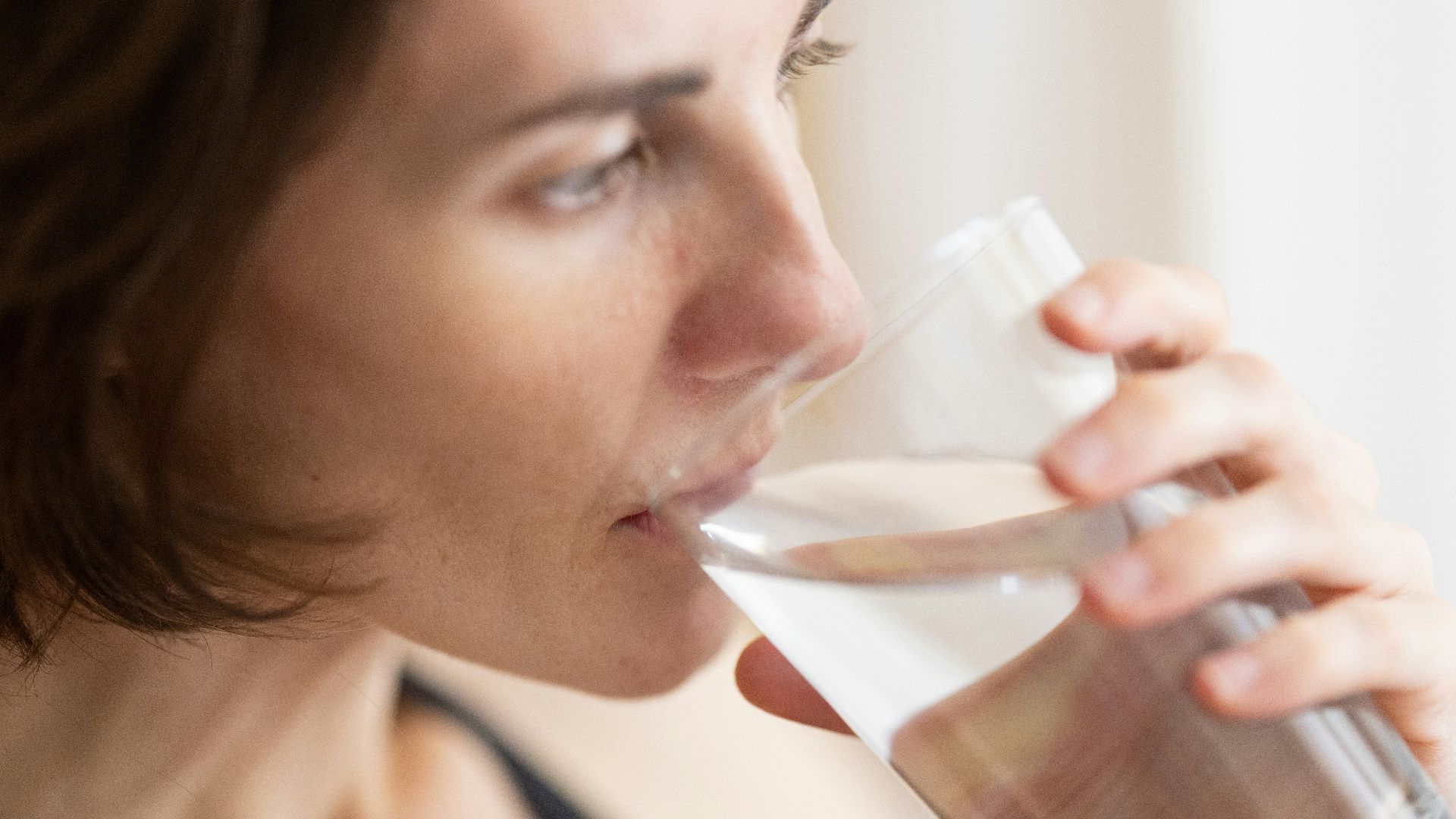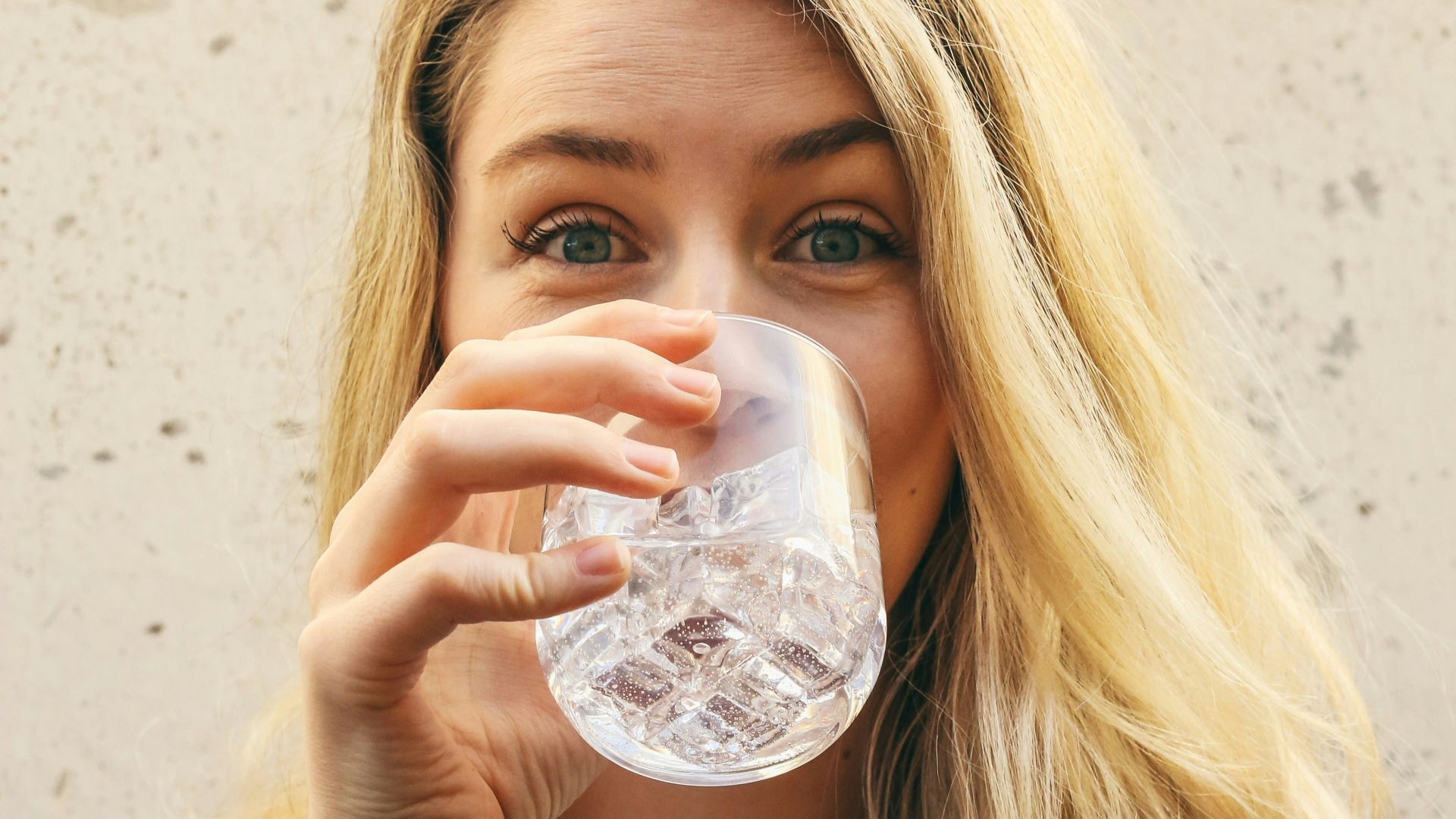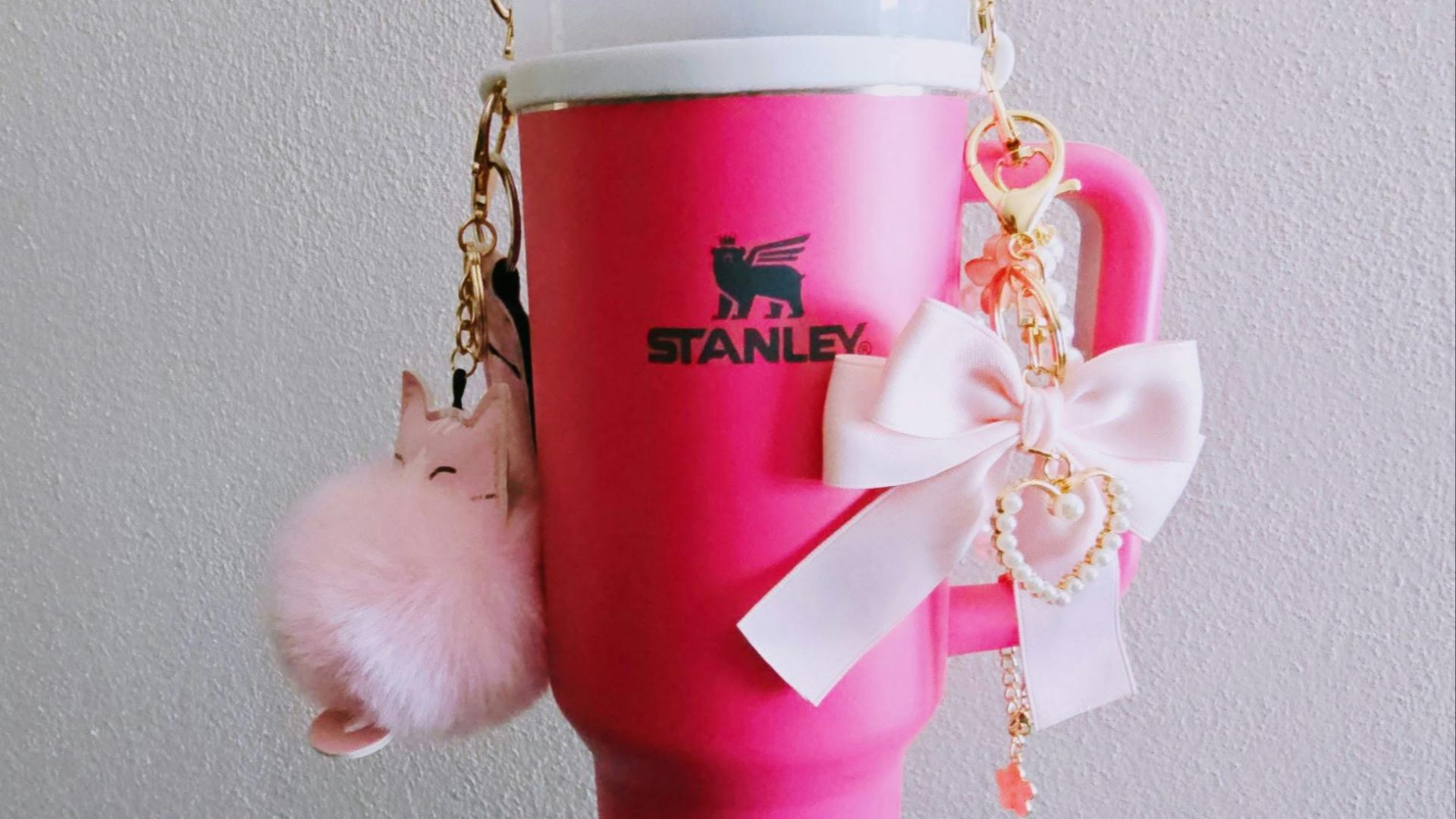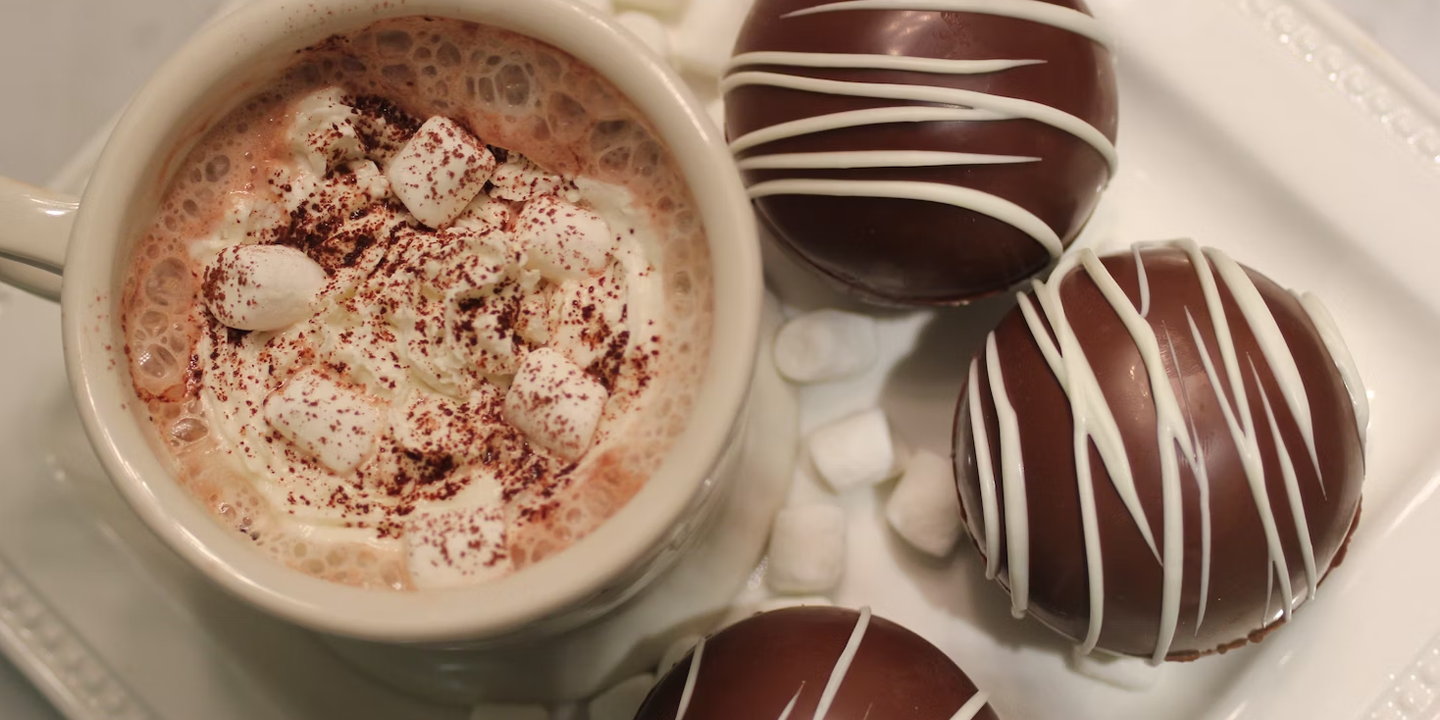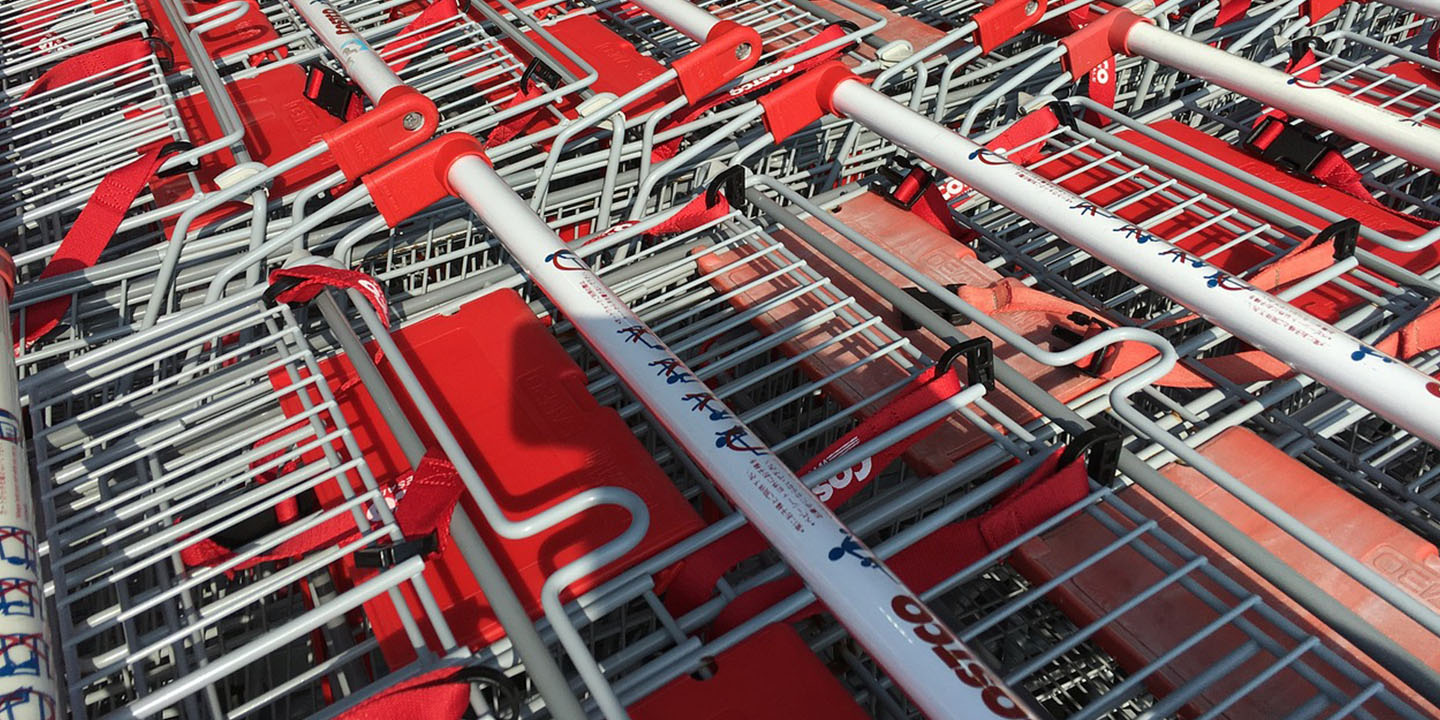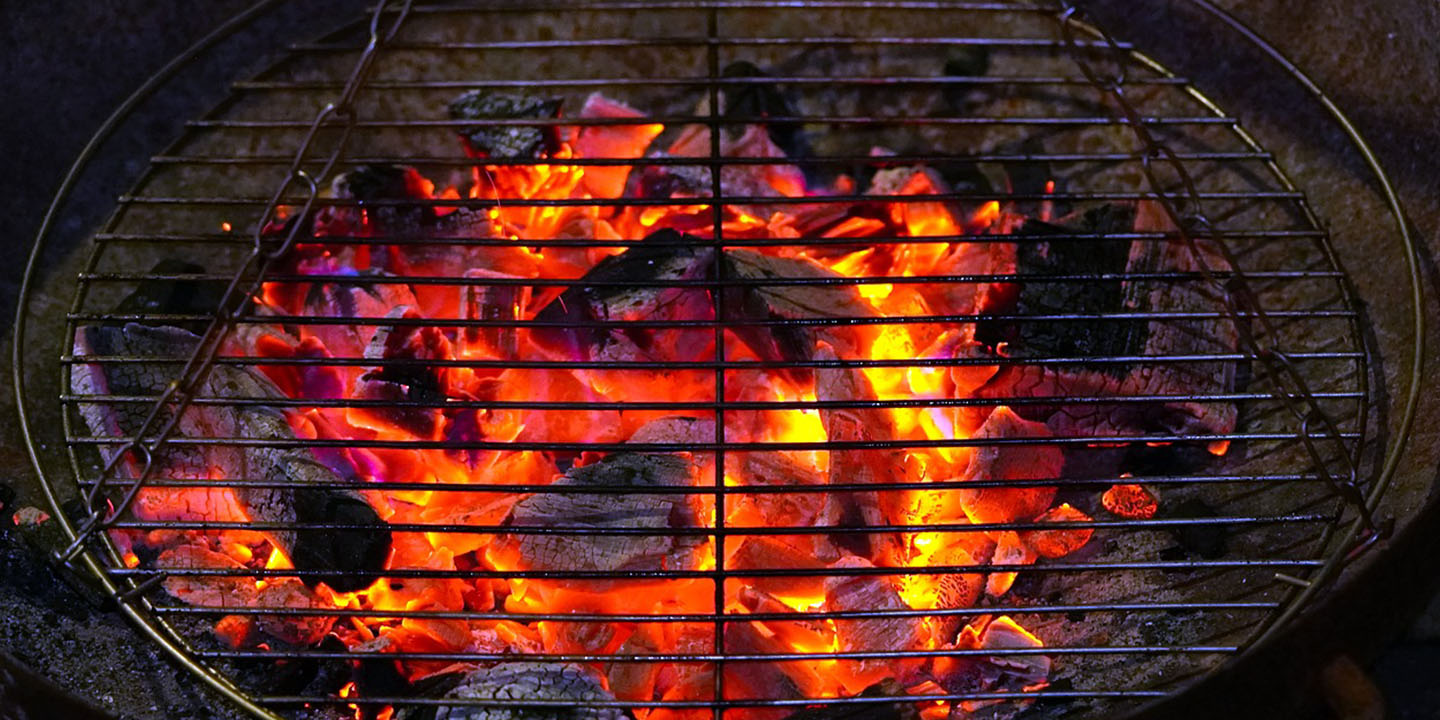"Let's make my water of the day," says one TikTok creator with a smile. She begins by filling her pastel-colored 40 oz. Stanley Quencher—logo facing outwards of course—with a few hefty scoops of ice. Then, she twists open the cap of a bottle of Fiji water and pours it into the cup.
Already, this goes against the very antithesis of a reusable bottle such as a Stanley. Reusable bottles encourage mindful consumption by cutting down on the amount of plastic we put into this world. And then things start to really go downhill in the video.
The creator goes on to fill her cup with a collection of syrups and powders, as though she's a little girl making potions at recess. The powders come from well-known brands like Crush or Starburst. The syrups are tinted outrageous hues of blue and green, their labels adorned with mermaids and unicorns.
The resulting potion—what else can we call such a concoction? It certainly isn't water anymore—has transmogrified your basic glass of water into something arcane. The color is unnatural, the smell is, apparently, divine, and the taste? To die for.
The best part about this water of the day is that it has all the nutritional benefits of water and all the delicious taste of soda, but without any of the additives. At least, that's what people on #WaterTok would have you believe.
#WaterTok And Overconsumption
#WaterTok took off in 2023 about the same time people were rioting in Target every time Stanley dropped a new limited edition cup. Almost as soon as #WaterTok became popular, it came under fire. However, the #WaterTok controversy is deeper than you may believe.
There are the #WaterTok haters and then there are the #WaterTok stans, who think that the haters are hating just for the sake of hating. The issue with this community isn't that people love to be mad at women having fun. Part of the issue lies in the commercialization of something that should be free.
It isn't enough to have one Stanley cup, you have to have several on hand to match with your various outfits. And, then you need accessories for your cup, such as sanitizers, ring holders, even smaller Stanley cups for your full-size Stanley cups (can cups get thirsty?). And, if you've gone through all the trouble of getting the cup, you can't just fill it with tap water; no, you need special water for your special cup.
As though there aren't already enough ways we've found to commercialize hydration, now the water itself is a product. How much are these people spending on something that should be free? These waters "recipes" are loaded with syrups and flavor packets, creating an unnecessary expense for people to spend money that they may not have.
#WaterTok And Diet Culture
Under those syrups and sweeteners is something far more malicious. These additives pride themselves on being healthy—sugar-free specifically, in contrast to the added sugar of products such as Kool-Aid. In the case of the most popular brand, Jordan's Skinny Mixes, the name says the quiet part out loud.
Most of the videos on #WaterTok aren't upfront about their connection to diet culture. If they have tags concerning weight loss, they're normally buried in the middle so they can fly under the radar. Creators are sure to emphasize how good their creations taste in addition to their low-calorie, low-sugar benefits.
It is not a coincidence that many of the biggest creators started their own "water bars" following weight-loss surgery. These creators emphasize their daily water consumption, encouraging viewers to do the same. Water consumption is intrinsically linked to weight loss.
TikTok's core audience skews alarmingly low. There are already widespread trends which encourage disordered eating habits such as bodychecking and "what I eat in a day" videos. The creators on #WaterTok are getting their recommended hydration—but at what cost?
Water, like all food and drink, has no intrinsic moral value attached. You are not a good person for drinking water, nor are you a good person for being skinny. However, TikTok has turned drinking water into a commercialized competition.
KEEP ON READING
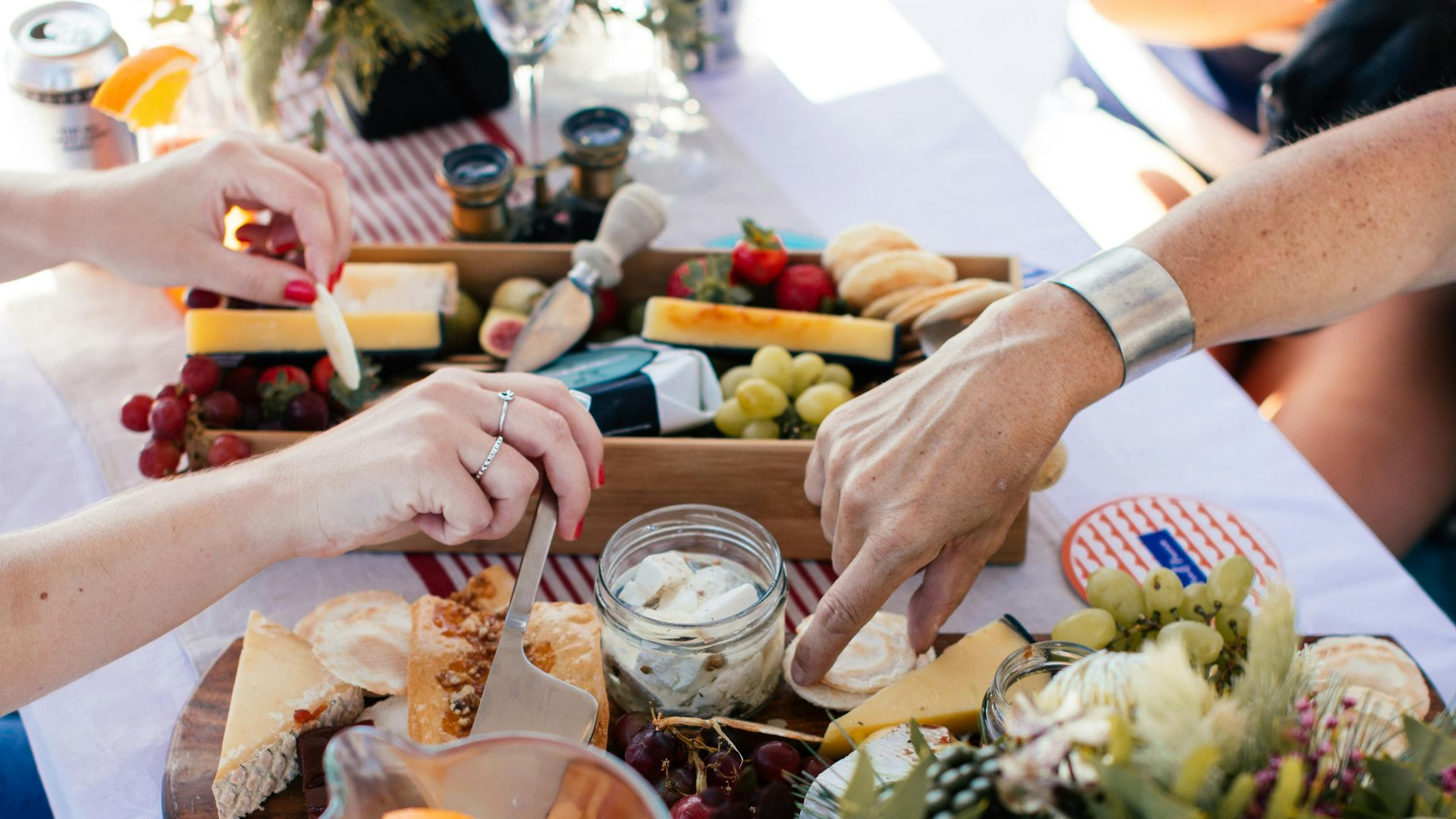
Happy Hour: The 20 Best Foods For Social Snacking
